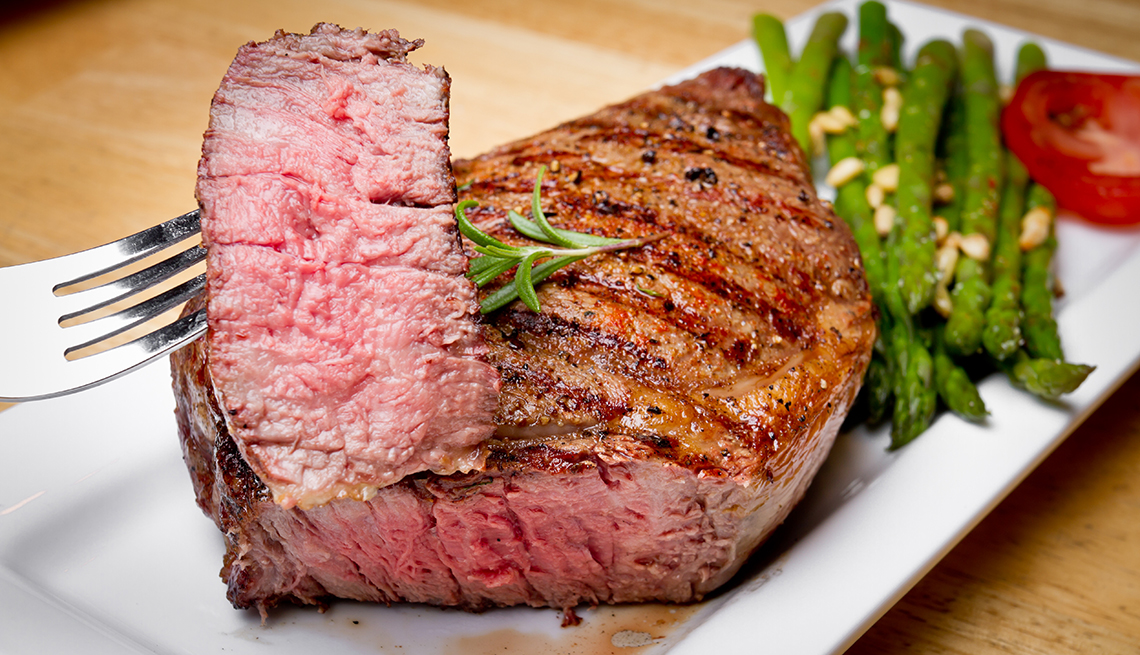Staying Fit
If you're a steak and burger lover, this week's headlines might have seemed too good to be true: Keep eating red meat — no reason to cut back. That's the upshot of a series of articles published in the prestigious Annals of Internal Medicine by an international group of 19 researchers who analyzed existing studies on red meat and health.
Before you celebrate at the steakhouse, get this: Most scientists interpret that exact same research in a very different way, linking red meat to a bevy of killer diseases. Reputable health organizations such as the American Heart Association and the World Health Organization, even the U.S. Department of Agriculture — tasked with the conflicting roles of protecting our health and promoting the meat industry — conclude that we should eat a lot less red meat (which includes beef, lamb, pork and processed meat such as bacon and pepperoni).


AARP Membership— $12 for your first year when you sign up for Automatic Renewal
Get instant access to members-only products and hundreds of discounts, a free second membership, and a subscription to AARP the Magazine.
How could the same research — decades of it, 61 studies tracking the eating habits of more than 4 million people around the world — lend itself to such wildly divergent conclusions?
We posed that question to a man who knows more about this than most: physician and epidemiologist Frank Hu, chair of the Department of Nutrition at Harvard's School of Public Health and professor of medicine at Harvard Medical School. His research, including long-running studies tracking the diets of 300,000 people for up to four decades, has illuminated links between diet and health — including the role of red meat.
As he explains, the Annals authors applied a different and much higher standard — the kind used for drug testing — to the nutrition data they were analyzing. That standard, involving things like double-blind clinical trials, isn't truly possible to apply to nutrition research. Nor, he says, would it be ethical to do so since it would mean setting up experiments in which some people ate what you hypothesized could be bad for their health for a significant amount of time: “Imagine asking thousands of people to eat red meat every day for a decade and comparing their disease outcomes to people who were told to eat little to no red meat!”
Hu also notes that even if the data represented in the Annals reports doesn't include clinical trials, it does count as “high-quality” research since it tracked 4 million people's eating habits for long periods, often decades. “When you see the same findings in different demographics and populations with different eating habits, they have to be taken seriously,” he says.


































































